Seeing once bright and delicate flowers of crocuses on fallen foliage, you will certainly want to decorate your garden plot with them. Autumn crocuses reveal their buds at the end of the garden season and are collections of spring colors. These plants belong to many years of cultures that are not speculating in care, quickly coming up to a new place, as well as well combined with other plants on a flower bed. But at the same time, there are certain rules for the care and landing of crocuses.
Autumn Crocuses - Culture Description
- Gardener crocuses are often called saffron. These gentle buds bloom not only early in spring. Many groups of crocuses bloom almost at the very end of the season, after the onset of the leaf fall. Such a culture blooms is also not long as its spring variety.
- The autumn type of crocuses can be grown not only in garden sites, but also in pots, as well as as a room plant. In the last two options for landing, the flowering period is artificially shifted and it depends on the landing time to the soil of bulbs, and not from the natural phase of ripening.
- Crocus for autumn disembarkation refers to many years of grassy cultures of the Iris family. It can bloom for 3-4 years in a row in one place and over time to form a whole family of crocuses. Sustained to weather changes and dissolves its bud from September to November, depending on the variety. Many autumn crocuses grow even at a temperature of 4-8 degrees above zero. The flowering period can be from 10 to 20 days.
- Flower tubers are a bulb measuring up to 3 cm. In diameter, covered with dry scales. Autumn Crocus bud is wide or, on the contrary, a narrow wine glass. Flowers of certain types of culture can reach height to 11 cm.
- Each bud is located on a separate stem, which has a very fragile crocus. The leaves have an oblong shape and are located on the stem at its base, mainly closer to the root area. Depending on the variety of one bulbs, you can grow from 2 to 7 flowers.
- After the period of pollination, the autumn crocus bud begins to dry out and rebuilds at rest. Some cultural varieties form the fruit immediately after flowering - in the fall, in the spring, only leaves are released. Other types of crocuses develop a fruit box only during the spring. These features should be taken into account when disembarking certain varieties of autumn crocuses.
- The fruits of the autumn crocus are similar to a box with 3 sockets in which there are round seeds. There are about 300 varieties of crocus, each of which differ not only by the color of the petals, but also the form of buds and the peculiarities of growing.
- Inexperienced gardeners are often confused by the crocuses with the autumn unimplemented, which in turn refer to the Lily family. You can distinguish such a garden culture on the color of the petals on the bud and more stamens in it. Also, the bulbs of plants have different size. So in the crocus of the autumn it is not more than 3 cm. In diameter, and a non-laminate has a bulb much more.
- In addition, a non-laminate refers to poisonous varieties, which are often taken for autumn crocuses. Therefore, to acquire crocuses for autumn landing is best in proven sellers or specialized nurseries.
Autumn crocuses - varieties and varieties
All types of culture are divided into spring and autumn crocuses. Due to the fact that the spring varieties (large-flowered and botanical) are most often used in garden sites, the autumn varieties of saffron meets very little.
The duration of the flowering of autumn crops is not big, but depending on the landing region, it can last until mid-December. This group of plants differs from spring crocuses in the method of ripening of flowers. So the spring grows only the leaves, which makes it possible to develop a bulb. In the fall, the bud itself appears.
Among the main varieties of autumn crocuses, the following can be distinguished:
- Crocus is beautiful. It is the earliest type of culture that begins to bloom at the beginning of autumn. Gardeners appreciate him for unpretentiousness in the care and variety of colors. So this color variety can be found with a white color, purple or bright blue tint.
- Crocus zonatus. Begins to bloom culture from mid-September or early October. Buton petals have a rich pink tint and a bright yellow middle. You can also determine this type of autumn plant on a sweet scent. Flowers size reaches 4 cm.
- Crocus pale-hidden. Unlike the rest of the varieties, this species has small inflorescences of milk or white shade and narrow petals. The base of the bud has a bright yellow color. In the care of a very unpretentious flower.
- Crocus long-color. The latest cultural variety. Begins his bloom in November. It features an elongated bud with a variety of colors.
- Crocus Schroyan. The most popular grade of culture among gardeners, which has a pronounced color of saffron with yellow shades. The inflorescence is large with rounded petals, begins to bloom in September-October.
- Crocus hill (or valley). The grade of the plant does not grow more than 12 cm. It has long and large petals of light color with purple vertical stripes and bright orange zev.
- Crocus sowing. It is divorced by man only, so this grade of autumn colors is not found in the wild. It is bred due to the stilts that are used as a spice. The height of the culture can reach 30 cm. Large inflorescences have a strong fragrance, consist of 6 petals and long red stilts.
- Pallas crocus. Flowering saffron begins in September. Buds have a diameter of about 5 cm. With pointed petals of light purple shade with purple stripes and yellow stigners.
- Crocus Banatsky. One of the major species, the height of the plant can reach 30 cm. And one bully can release only 2 flower. The leaves have a pointed shape of a light lilac color. The petals themselves are located in 2 rows, with the external much more internal.
How to sort the landing material of autumn crocuses
To obtain abundant flowering of the crocuses of autumn, it is necessary to carefully examine each tuber before its disembarkation. Requirements for planting material are the same as for most bulbous colors.
- Good density of bulbs. You can check it out when you are easy to press the tuber. If its surface is a bit "spring", then this bulb is not suitable for disembarking. The dent from the finger on the surface indicates possible rotting and such a landing material will not endure the wintering.
- Scales around the outer shell must necessarily be dry and fit tightly. The slightest moisture on them is a reason for the flooring of tubers. When disembarking, such bulbs can start rotting. This will cause the disease of the neighboring plants, as the crop landing is dense.
- Not suitable for disembarking Material with dark spots on a bulb and any mechanical damage. Incomprehensible enclosures on the scales of the tuber means the disease of the fetus. Infected tubers categorically impossible to use for disembarkation.
- To carry out the falling of autumn varieties of crocuses in the winter should be discarded by tubers with long roots and young escapes that have already launched. Such bulbs will not survive frosts. What is acceptable to the spring disembarkation, is categorically not suitable for autumn. Conversely, if you land the autumn varieties of crocuses in spring or summer, then the bulbs must have a renewal kidney already formed.
- Buy the autumn varieties of crocuses is necessary before their flowering, which begins in September. The most successful period for the acquisition of culture - mid-June and before the beginning of August. It is better to abandon the acquisition of already blooming tubers. After disembarking, they will be weakened, and will need several seasons for their full recovery.
Disinfection of Luchin Autumn Crocuses
- Right before landing clubs of crocuses of autumn species, it is necessary to conduct their disinfection. All selected bulbs should be fully immersed in a weak manganese solution (per 1 liter of warm water 1 pinch of powder) or any other means from a group of fungicides.
- Act strictly in accordance with the instructions on the packaging at the antifungal drug, otherwise you can burn the surface of the tuber and spoil them. Keep the planting material about 30-40 minutes in solution. Such processing will prevent the formation of rotted on the surface of the tuber after disembarking.
- Some gardeners are recommended to conduct additional processing of bulbs with growth stimulants. To disembark autumn crocuses in winter it is categorically impossible to do! Otherwise, in the spring, instead of juicy leaves, you will grow with weak shoots, as a result of which the fetus for flowering in the fall is not formed. But for the summer landing of the culture, this processing can be carried out.
Choosing a place and soil for landing autumn crocuses
- Autumn crocuses love sunny sections in the garden, but sexual location is allowed. The exceptions make up such varieties like Schroyan and Valley Crocus. They need a shadow, so they can be planted under coniferous trees.
- Despite the fact that autumn crocuses grow to late autumn and bloom at low air temperatures, they do not like strong winds and drafts. They should choose protected areas or neighborhood with higher cultures and thick pigs.
- A plot for growing autumn crocuses should be selected with such a calculation so that in the period between blooming the place is not wet. This is especially true of the spring melting of snow and tightening the rain in the summer. Moderate moisture will allow to form bulbs in warmth and dryness. Therefore, choose the raised fields for planting colors, such as alpine slides. Or install drainage when disembarking autumn crocuses.
- For each garden plot, its own specificity of the soil, which should be considered when breeding a particular culture. Autumn crocuses "Like" a soup and loamy soil, which easily misses moisture. The exceptions are the Dutch varieties of autumn crocuses together with hybrids, which feel great on heavy soil.
- If the soil in your garden differs in the specified composition, then it is necessary to dig it up before boarding and adding the prepared land. But you can do otherwise. The required feeding is scattered over the area for landing of autumn crocuses and then thoroughly leaving.
- Also check the acid-alkaline balance of the soil. It must have a neutral. But culture is completely undemanding for fertility. Autumn crocuses can be grown on both rich soils and scanty lands.
- Sand soils are especially poor on nutrients for the flowering of autumn crocuses. It is necessary to mix compost, wood ashes and different types of humus. For clay soil, on the contrary, sand should be added at the rate of 1 bucket for each square meter of soil.
Autumn Crocuses - Landing
- The playground before falling down the colors must be prepared. Organize feeding, if necessary, make fertilizers. Soil drip 2 times and remove the weed plants. It is necessary to do this in 2-3 weeks before the planned landing.
- There are 2 ways to disembark autumn crocuses. If you transplant the flowers every year or take them in breeding, then install a deep junction tray for landing. So you will be comfortable to dig bulbs. To decorate the garden and growing a whole family of crocuses, immerse the tubers directly into the prepared ground without plastic container.
- Crocuses for autumn flowering are planted with groups, most often at least 5 bulbs. At the same time, the fruits are necessary at a distance of 5-6 cm. From each other. The depth of planting bulbous colors depends on the size of the tuber and the composition of the soil.
- Large bulbs are planted deeper than smaller. The perfect depth for disembarking is the double height of the tuber for light soil. When disembarking into heavy soil, cut down the depth to 7-9 cm. Babies should be planted at a distance of 4-5 cm. With sandy soil, and on heavy lands 3-4 cm.
- If you plant crocuses too deep, it will slow down the development of the land part of the plant, but at the same time will contribute to the growth of bulbs. To breed this culture, you can use this method. Sometimes young crocuses form long roots, while the tuber is deepened.
- The depth of luxury landing will also affect the growth of the nests of autumn crocuses. When deepening plants by 5 cm. From one socket you can get up to 10 children. The dropout on a deeper distance will contribute to the long-lasting blossom of crocuses, less formation of children, and can be divided into the nest only after 5 years.
- On the prepared platform, make the hands of the recess, lower the bulb into it and gently sprinkle the earth. Slightly press the ground. Immediately after the disembarkation, it is necessary to moisten the soil that additionally complies it near the tubers.
Care for autumn crocuses
- Since the culture is planted in summer or late spring, the rules of departure differ from spring crocuses. In the period between flowering, it is often necessary to loosen the land to enrich air and evaporate excess moisture. But it is necessary to do it very carefully, since the bulbs are close to the surface. During loosening, do not forget to remove weeds.
- Some varieties of autumn crocuses love abundant watering. But for most other colors, moderate moisturizing is necessary. Therefore, water the soil only after notice its drying. During protracted precipitation, the ground near crocuses must be sprinkled with sand or mulch to reduce the level of humidity.
- Unlike other plants, the autumn crocus does not need watering during flowering. But during the spring growth of foliage and for the formation of kids, ensure easy soil moisturizing.
- In the spring period for autumn crocuses, it will be enough to clear the land around them. So you will free the place to warm the soil and the growth of the leaves. This will give the opportunity to develop a tuber to autumn and provide abundant flowering.
- Although many varieties of autumn crocus cold-resistant, for harsh winters, it is necessary to additionally cover plants otherwise the bulbs will freeze. For this, after the flowering of crocuses, cut the stem, break the soil and lay the thick layer of the peat along with the fallen foliage. You can also additionally use the husknik. In the spring, when snow comes down, the shelter should be removed.
- At the beginning of the season, autumn crocuses need to make fertilizers for greens. Use for this phosphorus and potassium. Add bait only once in early spring. But it is necessary to do it with caution, since fertilizers in large quantities will provide a strong growth of the leaves, which will adversely affect the flowering in the fall. During the ripening period of buds and until their fading, the culture does not need fertilizer.
Pests and diseases of autumn crocuses
- The autumn varieties of crocuses refer to a more reliable culture than the spring "brother". They are less susceptible to diseases, but often suffer from rot, which is formed from excess moisture of the soil. To prevent its appearance on the bulbs, spend moderate watering.
- New types of culture, as well as hybrids amazed with dry rot. She begins to appear in the form of small dark color spots on the bulbs. Then he grows in the foci. Such tubers should immediately throw away and destroy so that the disease does not spread to other plants.
- Ricky bulbs are very fond of rodent. Therefore, if you notice an increased activity on their part, then after flowering, the nest transplant and remove the affected tubers. The new landing must be carried out in special grids. So animals will not be able to get the bulbs.
Transplanting and reproduction of autumn crocuses
- The transplant of autumn crocuses, as well as transferring them to another place, can be carried out during the landing period or full rest. Pumping the same tubers for breeding is necessary in the fall, when the flowering period is over, and the foliage will yellow.
- If you want to increase the size of the nest of autumn crocuses, then do not reset them 3-4 years in a row. Pulling the tubers only after the group overflows with young processes. Such measures will strengthen the flowering of crocuses, and will form strong bulbs. To increase the number of plants, as well as for their reproduction, digging crocuses is necessary every year.
- The autumn varieties of crocuses breed much easier than spring. In one season, the bulb can form up to 7 children. Since the crocuses are autumn grow nests, then after moving the maternal bulb, the child tubers begin to grow as independent plants. After digging, they should be separated and grown separately. This method of reproduction maximally preserves the varietal qualities of culture.
- You need to dig up at once the entire group of autumn crocuses. Carefully remove the remnants of the earth with the tubers, dried in the sun for several hours. Then separate the children from the maternal bulbs, but separate only those clubs that themselves are separated, otherwise you damage the surface.
- Some gardeners breed autumn crocuses with seeds. This method will only partially retain the varietal characteristics of colors, and the fruiting will depend on the weather. Saw material in drawers or flat pots. From above, the container should be covered with black film. Slap the shoots cyclically, like bulbs, but they only bloom for 4-5 years from sowing.
Storage of luckers of autumn crocuses
- After you got the bulbs and separated the children, you need to think about the correct storage. After all, before the time, the landing will be held more than six months. First, carefully inspect each tuber for damage or traces of rot. Such a landing material will immediately throw away.
- Then dry the bulbs a couple of days outdoors so that the excess soil opal. After that, remove the remaining of the soil with the tubers and soak them for 2-3 hours in a weak solution of manganese.
- Processed tubers decompose on clean fabric and leave dry at room temperature 2 weeks. After a specified period, inside the bulbs again. Dead roots need to be removed, as well as remove dry scales. If small damage appeared, they should be sprinkled with ash.
- Planting material shock in a dry box with one layer, cover with cloth. Store bulbs are needed in a dry, well-ventilated room at a temperature of about 22 degrees.
Autumn Crocus Warmless
- A lack of literary got its name for an unusual for most autumn cultures alternating a flowering period with abundant greenery. So in the spring they grow up the leaves at the same time with the fruits, then they completely die away, and in the fall, the escape produces a single bud from a gentle pink to a light purple shade.
- Culture refers to many years of herbaceous plants with a short period of flowering in 2 weeks. Stem smooth, fleshy, keeps one bout and can reach up to 30 cm. Height depending on the variety of autumn plants.
- Although a non-lunist looks like a crocus, it is possible to distinguish it in the form of a tuber. The bulb has an oblong shape with a brown-brown shell. Also, the leaves in the form are more reminiscent of Lily of Lily, and the crocus they are thin.
- The period of blossoming of the autumn lantern falls at the later summer, and the beginning of autumn. Large size flowers, resemble a bell with sharp or round petals.
- This type of autumn colors is completely unpretentious in caring, but prefers wet soil with a large content of useful elements. It grows 5-6 years without a transplant, prefers sexualized or solar sections in the garden. It also feels well under garden trees.
- The feeder must be introduced in the spring before the length of the leaves so that a healthy bulb formed. The integrated fertilizer is also added after the flowering period. During peace and dying leaves, no action should be carried out.
- The lack of luxury breeds on bulbs and seeds. Like crocuses, it grows by groups that should be completely digging. It is necessary to work in gloves, since the slightest touch to the plant can cause a burn.
- It is necessary to plant an autumn limit in the middle of summer when the plant has a period of rest. The depth of the disembarkation should not exceed 2 heights of the tuber. Children need to be immersed in the ground by 5-7 cm. For their rooting.
- The soil for disembarking is drunk several times, administered for each 1 kV. m. 6 l. Superphosphate. But the tubers should be searched at a distance of 20-30 cm. From each other, and not as the autumn crocuses. After that, the soil moisten and be sure to inspire.
Autumn Crocuses - Photo and Use in Landscape
- Due to the fact that the culture is low, crocuses are often used for the design of the border, alpine slides and drawing on the flower beds. Autumn crocuses will very unusually look among the yellow foliage of trees. Therefore, they can be planted simply on the lawn in the garden.
- The start of flowering depends not only on the variety of crocuses, but also from the choice of place for landing. So on the southern flower beds with an abundance of sunlight, the plant will bloom 2-3 weeks earlier than in areas in the shade, under the trees on the northern part of the garden plot.
- Autumn solo crocuses are not less attractive. So you can plant the flowers of one color or create a drawing of them. In addition, combining varieties of different height, you will have a separate flower bed from autumn crocuses.
- If you plan the autumn crocuses on the lawn, then its first haircut in the spring should be carried out as late as possible. Since most of the lows of late varieties ripens in spring with the appearance of leaves. You must give them time to form the fetus so that in the fall of the plant can release a bud.
- The delicate flowers of the autumn saffron are attracted by its beauty and abundance of bright shades, as evidenced by the photo.
More than 50 photos of crocuses you can watch video
Where to buy bulbs of autumn crocuses
- Before buying autumn crocuses, decide on the grade of culture and its place in your garden plot, as well as what amount you want to spend on flowers. At the same time, keep in mind that rare species of crocuses for falling in the fall will be more expensive than the most popular and common.
- It is best to buy crocuses autumn in specialized nurseries. Here you will be sure that you will acquire a certain type of crocuses that are suitable for breeding. Also in such places, tubers are selected and pre-processing, which will save you from buying poor quality goods. But note that the products of nurseries are much more expensive than in other places.
- Gardening online shopping is becoming increasingly popular. Here you can buy high-quality bulbs of autumn crocuses at an optimal value. Goods will deliver directly to your doors. But so you will not be able to pre-inspect the products, so not to get a bad product, carefully study the store rating and reviews of other buyers.
- You can also buy the bulbs of autumn colors in specialty stores or branded sales points. Here will indicate types of crocuses with visual photos. In addition, sellers will tell detail about the methods of disembarking and care of plants.
- Significantly increases the risk of buying bulbs or not the variety of retailers, especially in the elementary markets. If you do not want to spend in vain, it is better to bypass such places by the party.
To raise autumn crocuses in his garden plot, it is necessary to choose the right place to land, take into account all the features of culture care, as well as correctly prepare a plant to wintering.

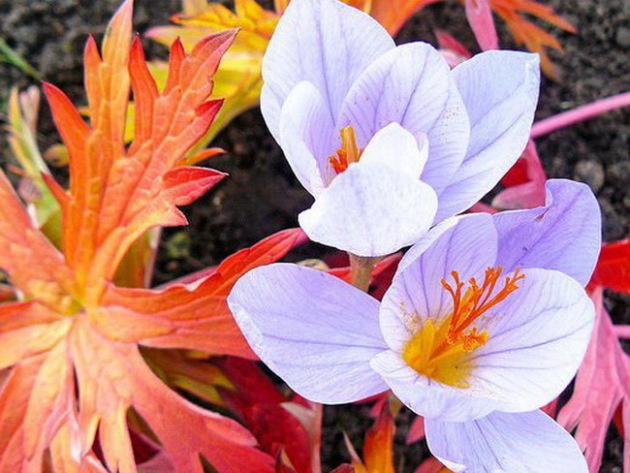
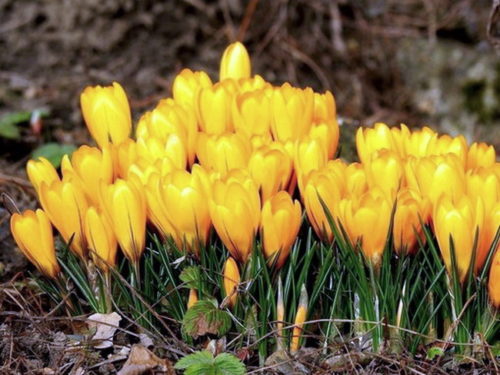
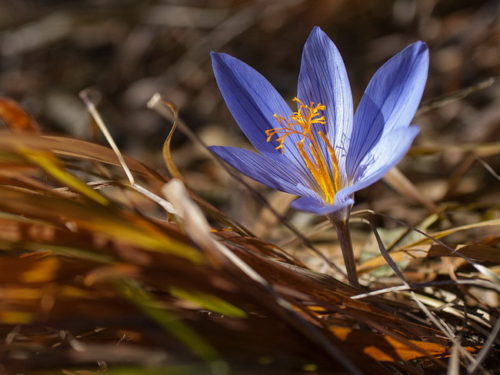
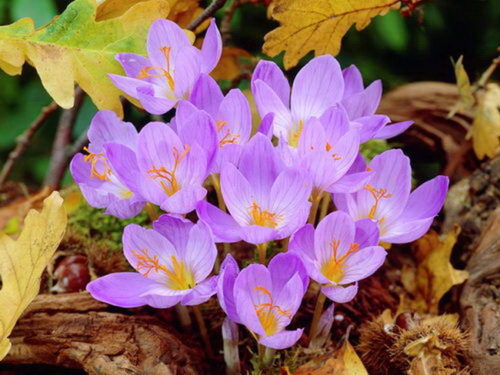
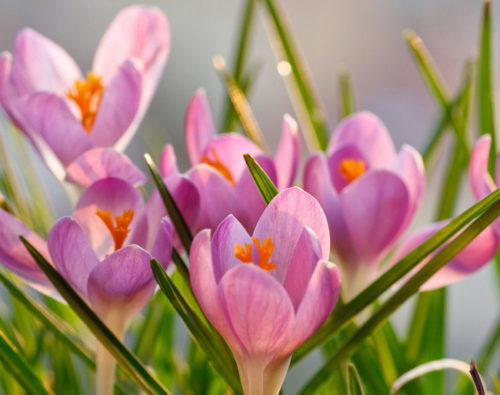
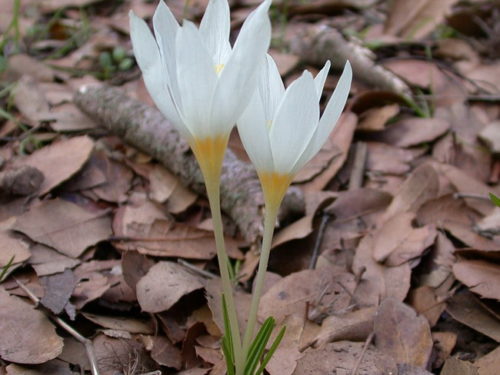
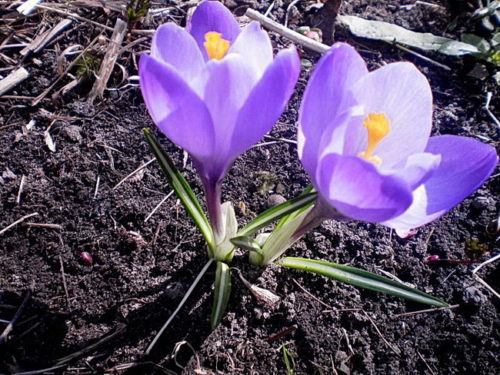
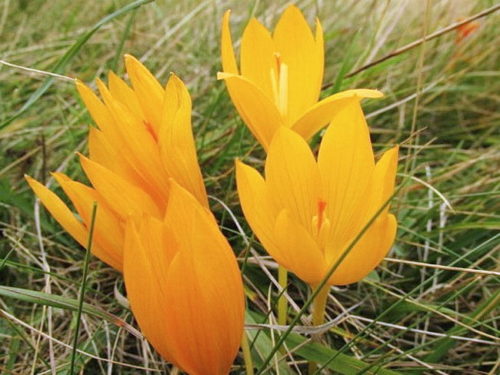
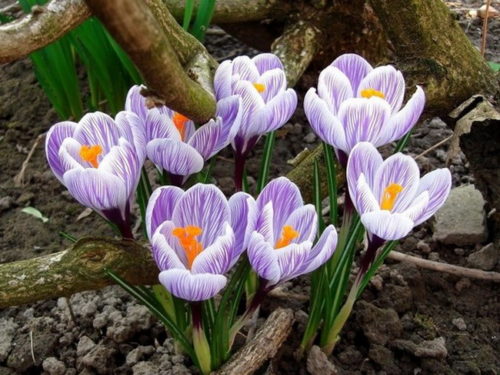
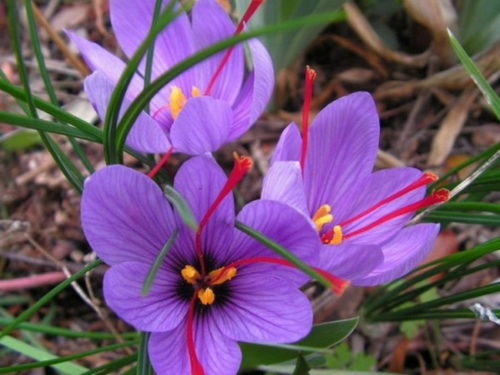
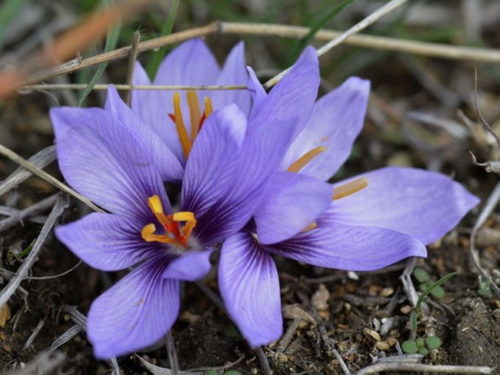
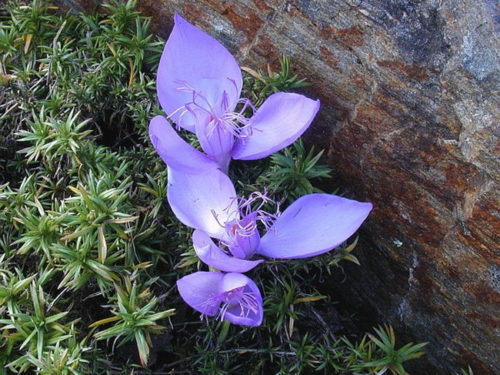
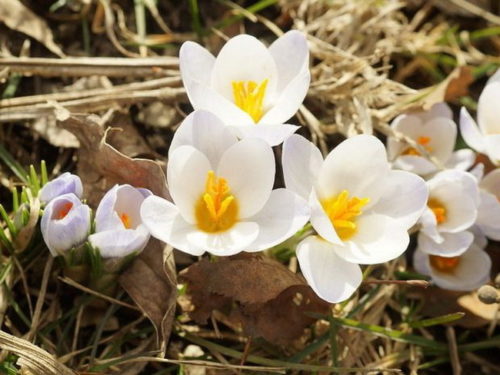
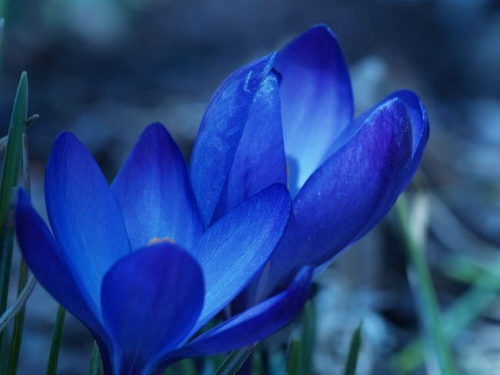
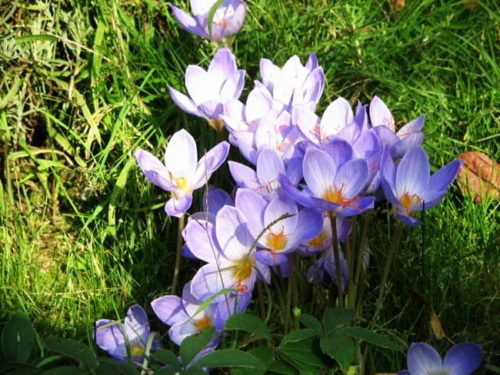
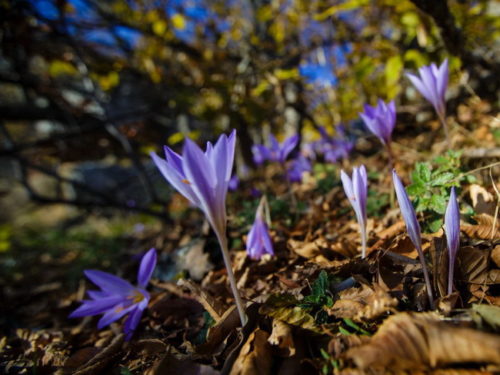
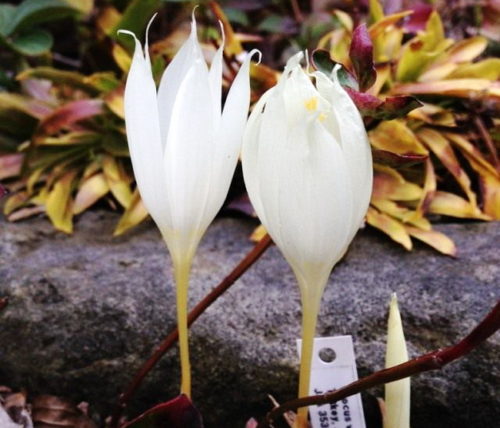
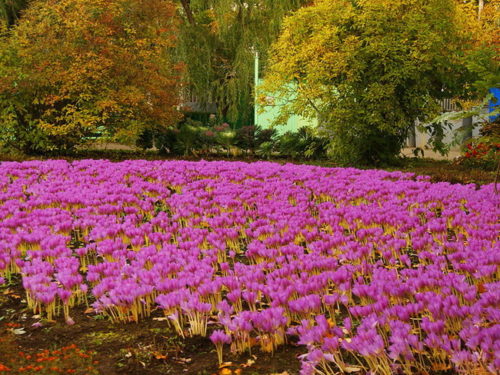
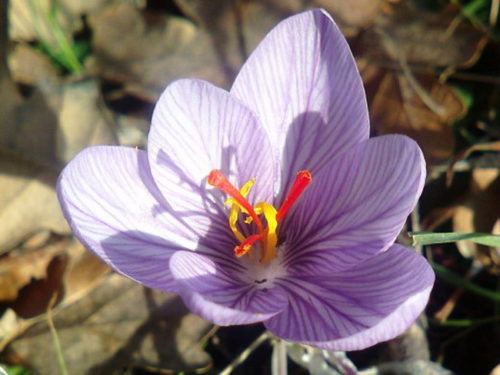
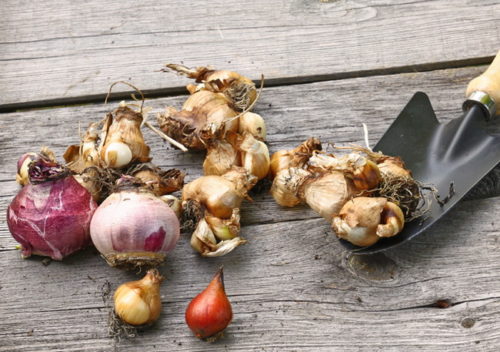
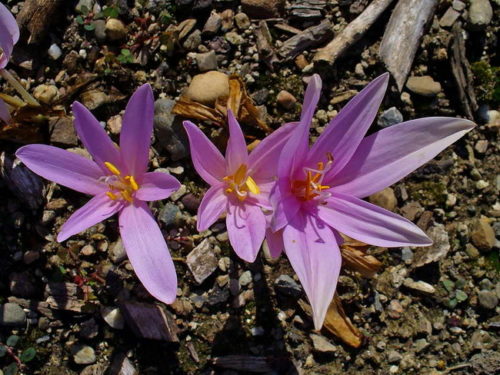
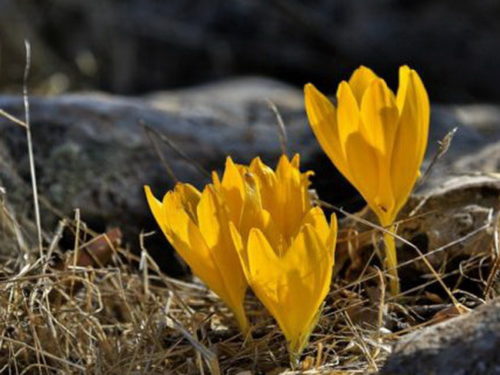
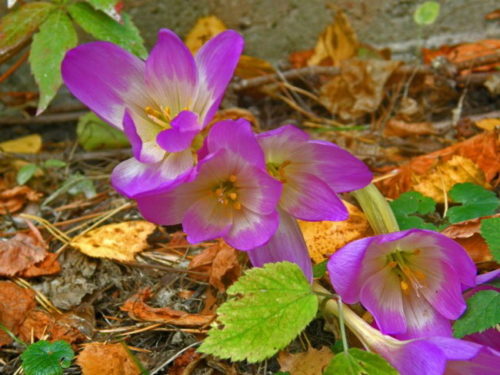
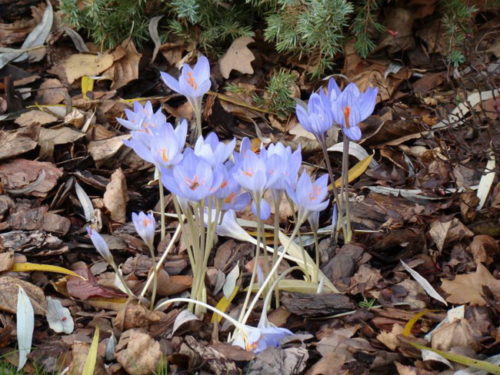
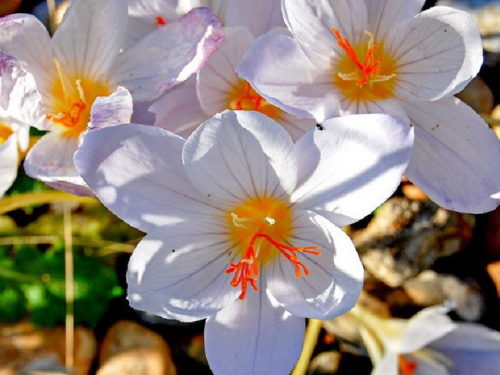
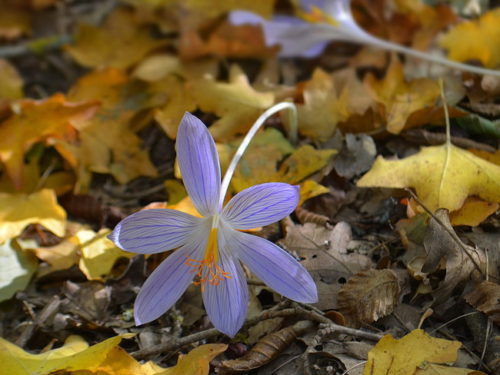
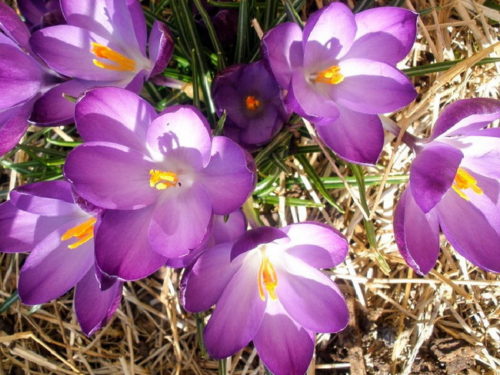
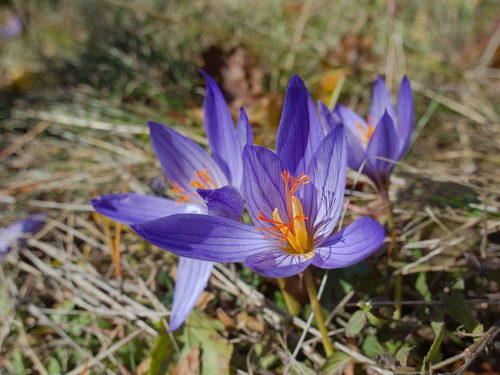
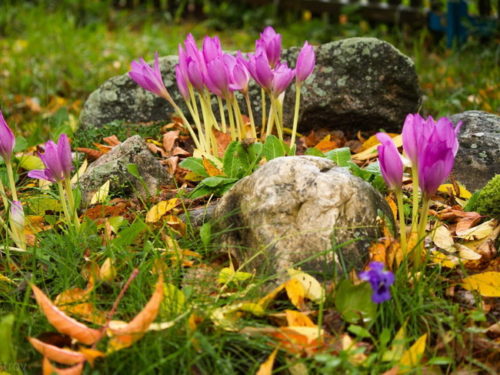
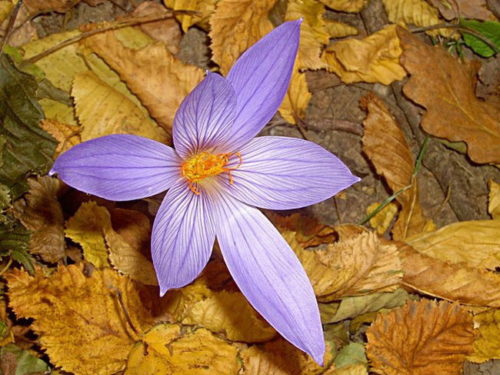













 Start a discussion ...
Start a discussion ...